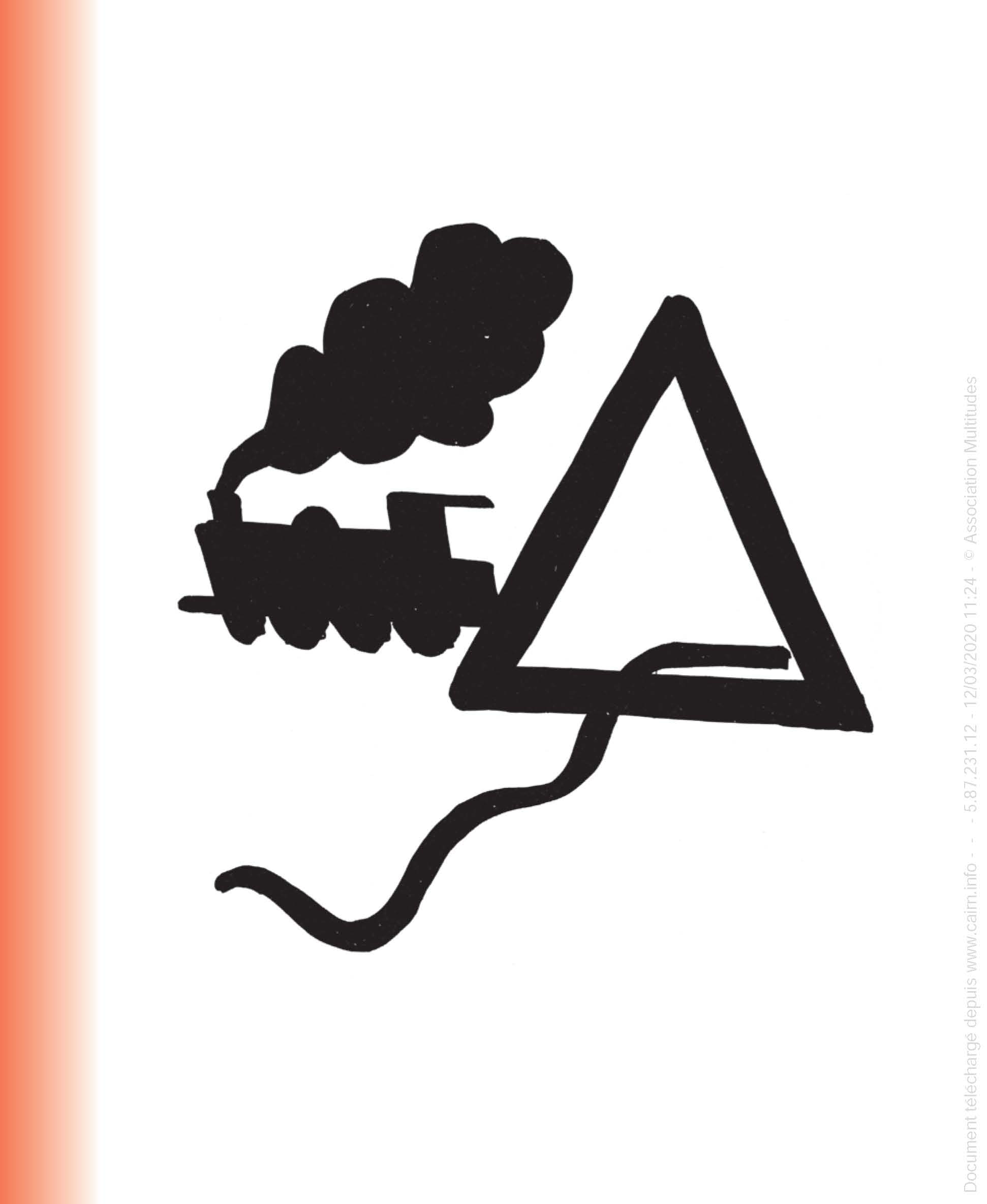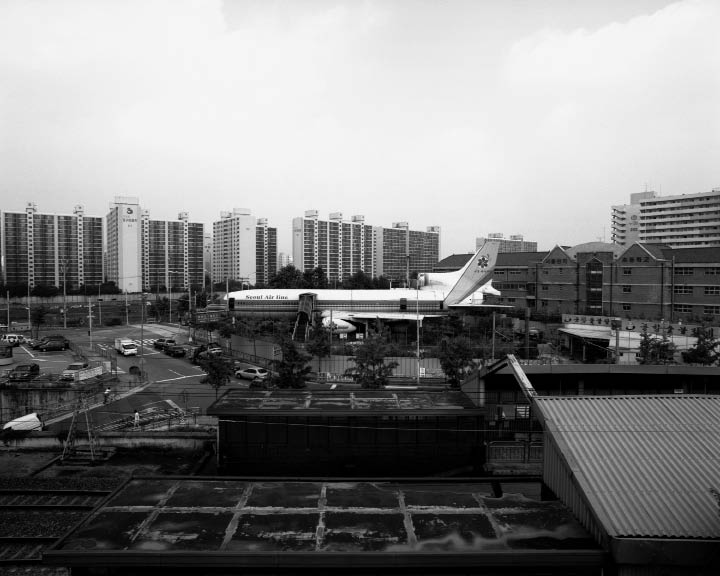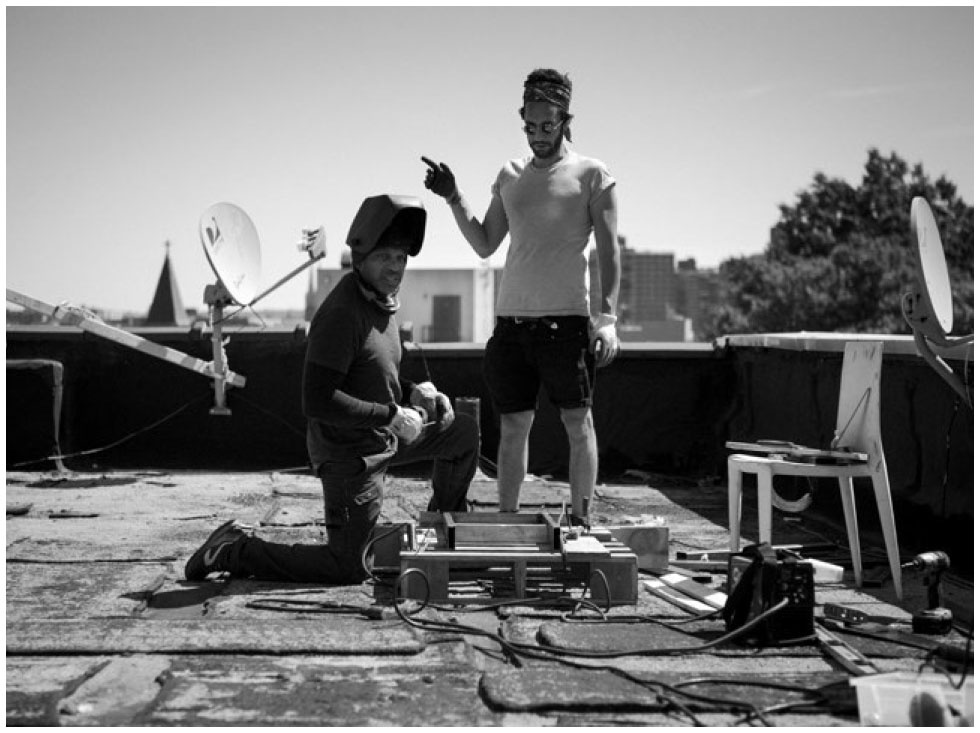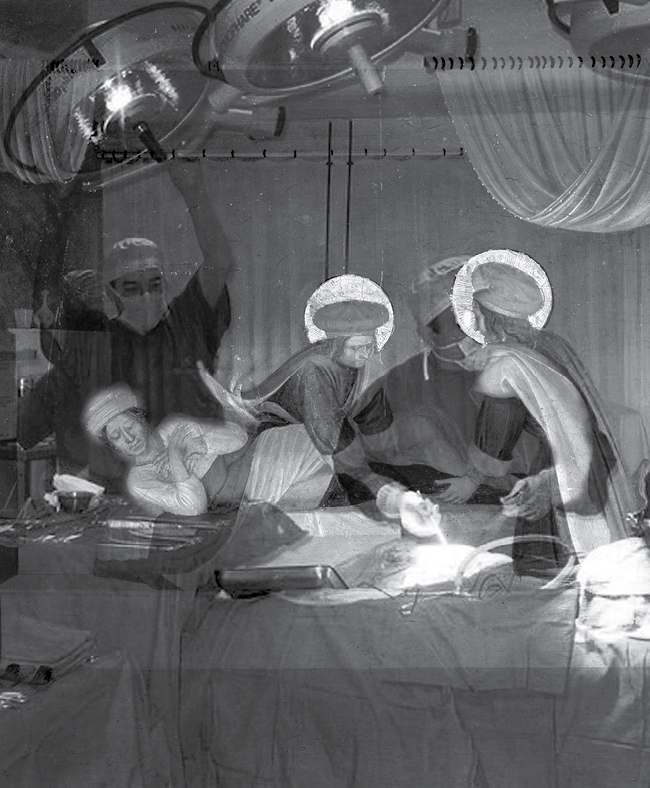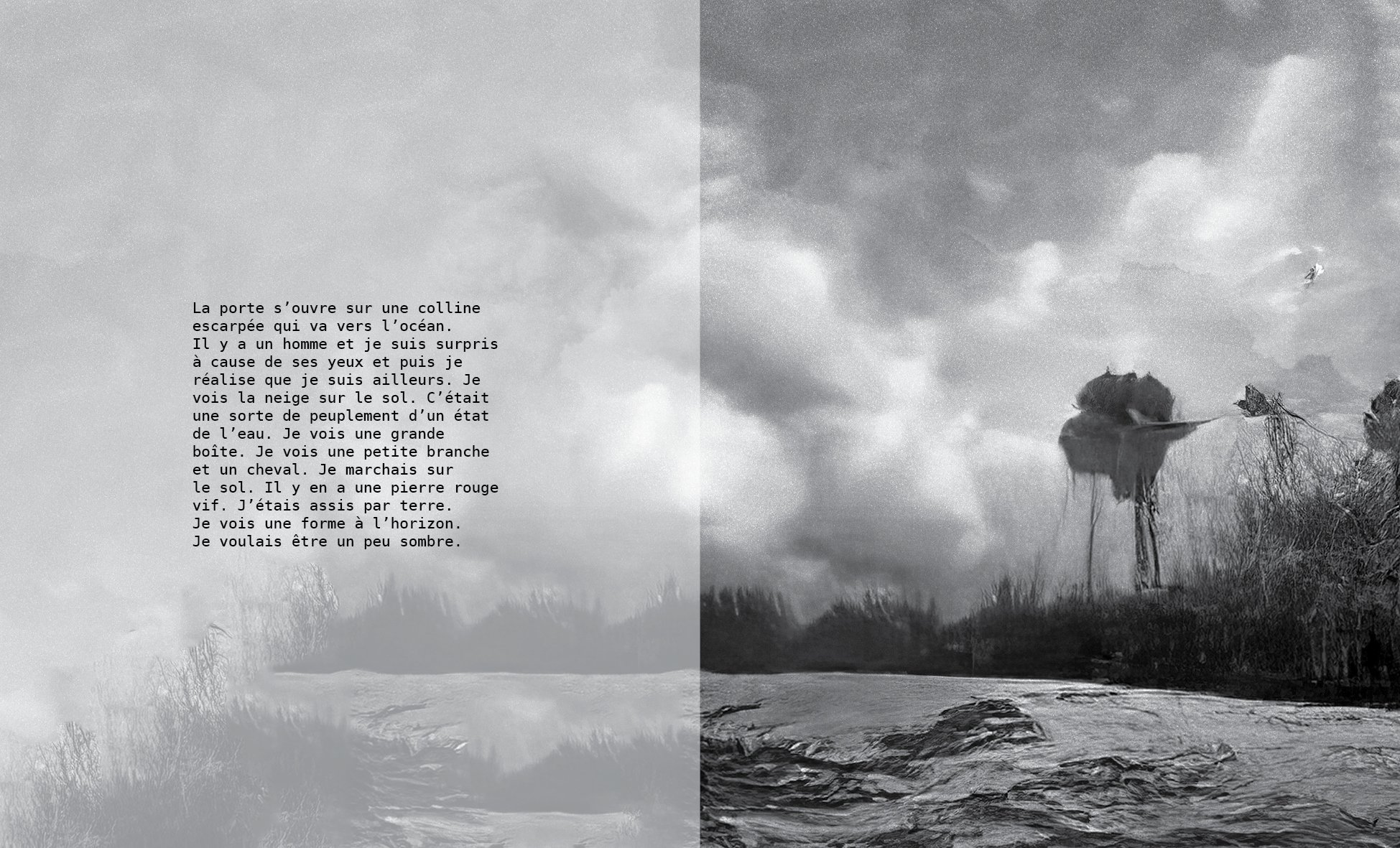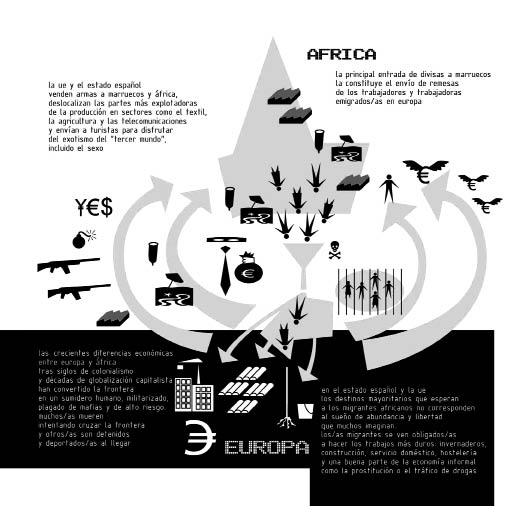Le fonctionnement de l’attention dans le travail du cartographe
La cartographie est une méthode proposée par Gilles Deleuze et Félix Guattari actuellement développée et utilisée dans des recherches de terrain tournées vers l’étude de la subjectivité. Cet article aborde le problème du fonctionnement de l’attention à l’étape initiale du travail du cartographe. Il a pour base les concepts d’attention flottante de Sigmund Freud, celui de reconnaissance attentive de Henri Bergson et les contributions de la phénoménologie aux sciences cognitives contemporaines. L’attention cartographique est définie comme concentrée et ouverte au plan collectif des forces et des affects, étant constituée de quatre qualités attentionnelles: l’acte de tracer, le toucher, l’atterrissage et la reconnaissance attentive.
The operation of attention in the work of the cartographer
Cartography is a method proposed by Gilles Deleuze and Félix Guattari, which is currently being developed and used in field research focused on the study of subjectivity. This article addresses the problem of the operation of attention at the initial stage of the cartographer’s work. It is based on Sigmund Freud’s concepts of fluttering attention, Henri Bergson’s attentive recognition and the contributions of phenomenology to contemporary cognitive science. Cartographic attention is defined as concentrated and opened to the collective plane of forces and affects, made of four attentional qualities: the act of tracing, touching, landing, and attentive recognition.


